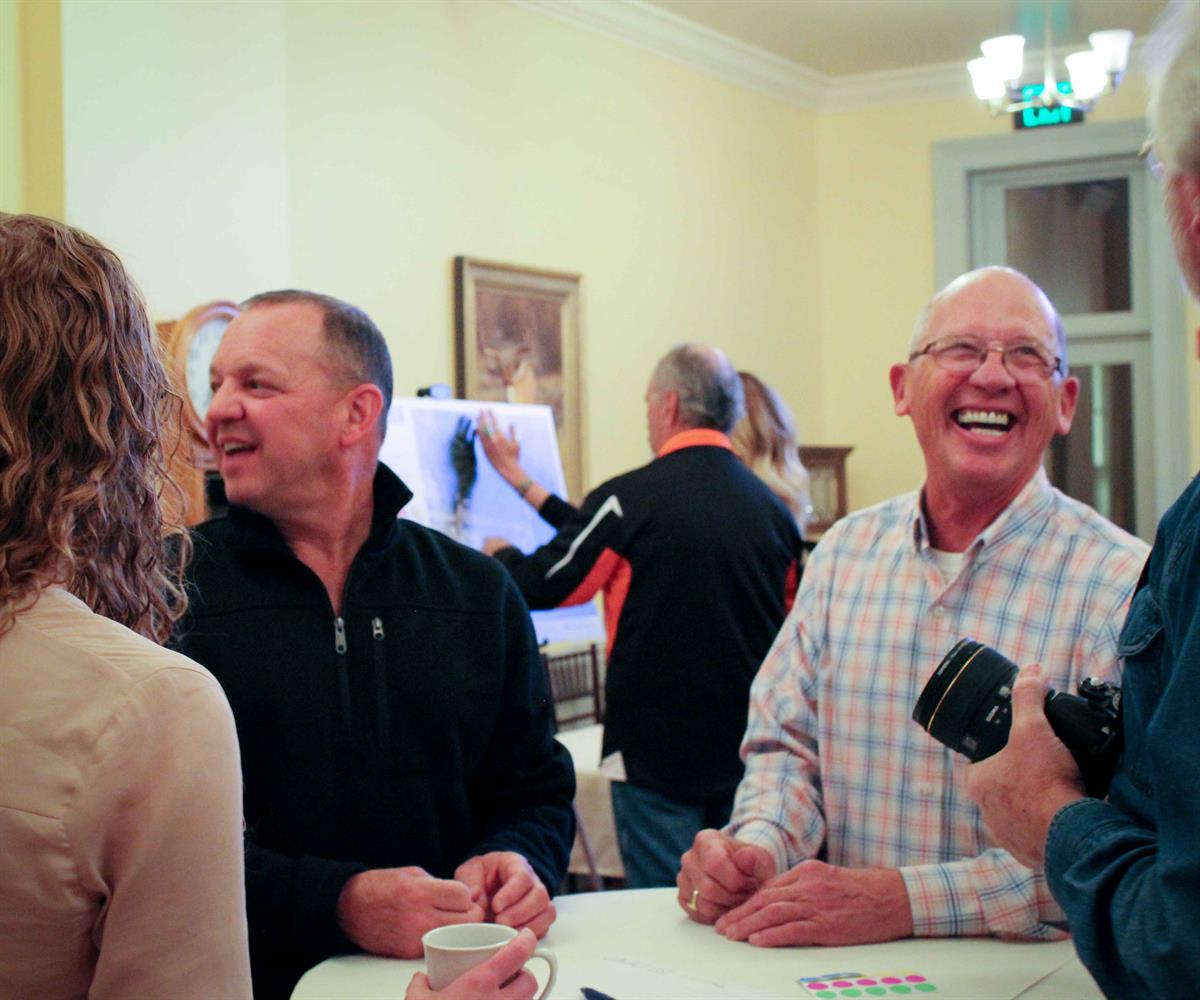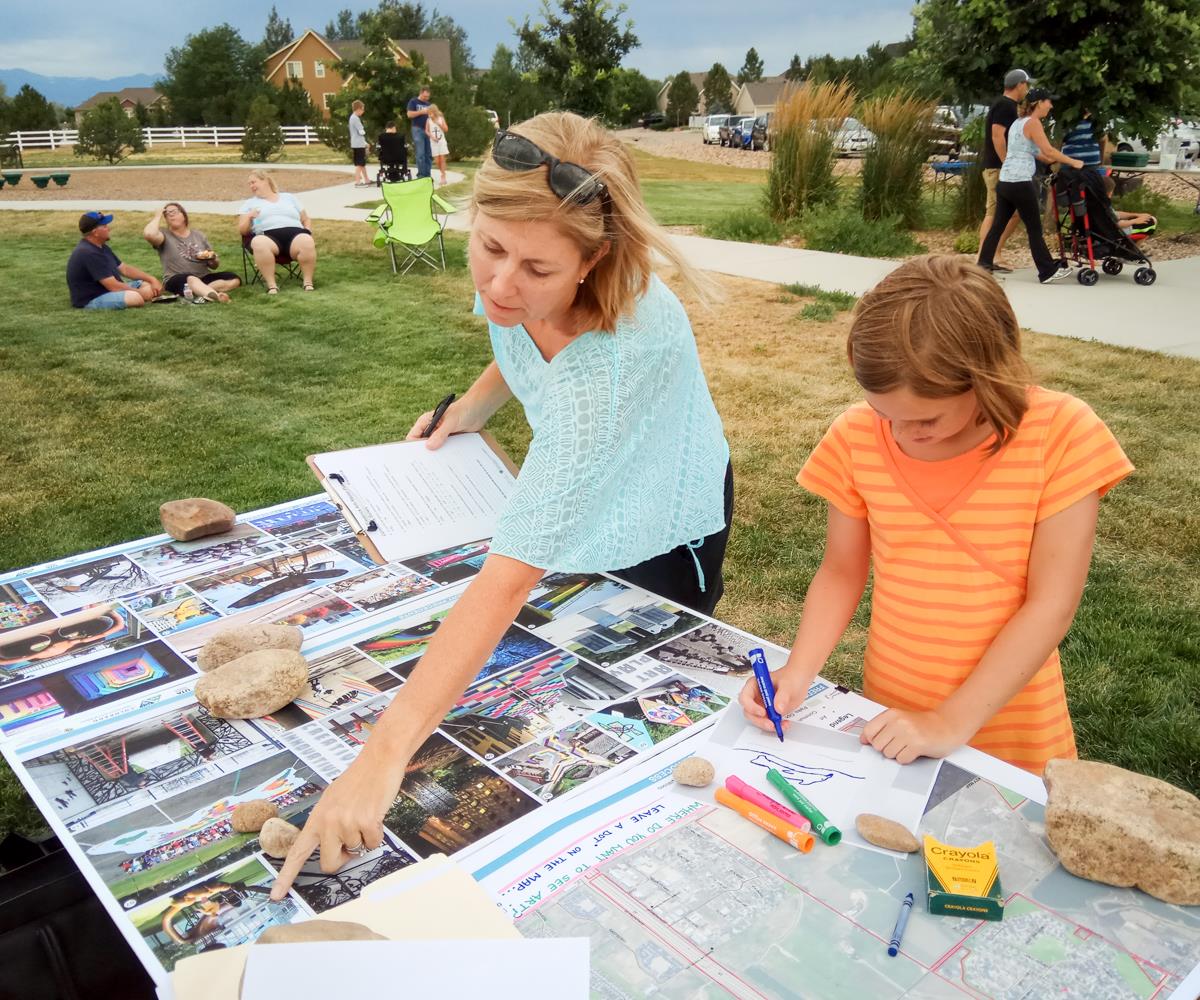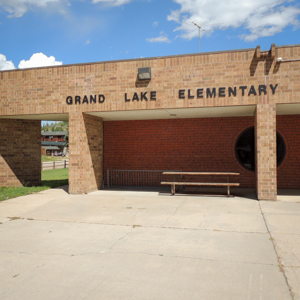Client Relationship & Goals
The towns we work with are often far away from professional resources like architects, planners and landscape architects; yet they still need parks and courthouses, community centers, town halls and libraries. As younger families flee the big cities for a less hectic way of life, they bring with them the need for recreation opportunities-bike lanes and playgrounds, sports fields and hiking trails. Any of these projects requires preliminary design and planning services in order to apply for funding and gain local support. This is where we come in.
With a project in mind, communities will first reach out to their DOLA (Department of Local Affairs) Manager, who connect them with CCCD. Working with DOLA, we craft a detailed agreement about our role, the town’s needs and goals and the project’s trajectory from schematics to bricks and mortar…or grass and trees! From there we put on our thinking caps, pull out our sketch pads, and look for inspiration provided by the rich tableau of Colorado’s landscape and rural traditions.


Design & Collaboration
Our students work alongside the stakeholders – the public officials, administrators and visionaries in every community – to craft a program and generate plans and vignettes that tell the story of a space transformed. We spend time in the community, not just walking the site, but also often drinking the coffee, tasting the food and walking the streets of the community to better understand the place we are being asked to improve.
After drafting a series of creative solutions, students present their ideas to the community. These meetings often lead to lively debate, and we all learn the importance of the art of listening. Our goal is to get as close to consensus as possible. it often takes a series of meetings and refinements to arrive at the design that will move forward for grant applications or investor bids and eventually construction.
Final Outcomes
Communities get a vocal role in designing a project they need, while students get the chance to engage in community-centered design. The process requires creativity, empathy, listening skills, and adaptability as well as the professionalism it takes to guide a project to fruition – all traits that will serve students well as they move forward in their careers. We are ambassadors for the university and also for our professions, who aim to help bridge the divide between rural and urban Colorado. Together, we become partners in the collaborative process, strengthening our capacity to envision more meaningful projects.
.jpg?sfvrsn=bfd779b9_2&Width=1200&Height=1000&ScaleUp=false&Quality=High&Method=CropCropArguments&Signature=BC40BA667AC7D03CEA2DC5A5399B2694E49DA772)
Testimonials
With their focus on architecture and planning, it was a perfect solution to our visioning process as we made plans to repurpose a former elementary school and creative ideas for transforming a gymnasium into a temporary event center.

Jim White
Grand Lake Town Manager